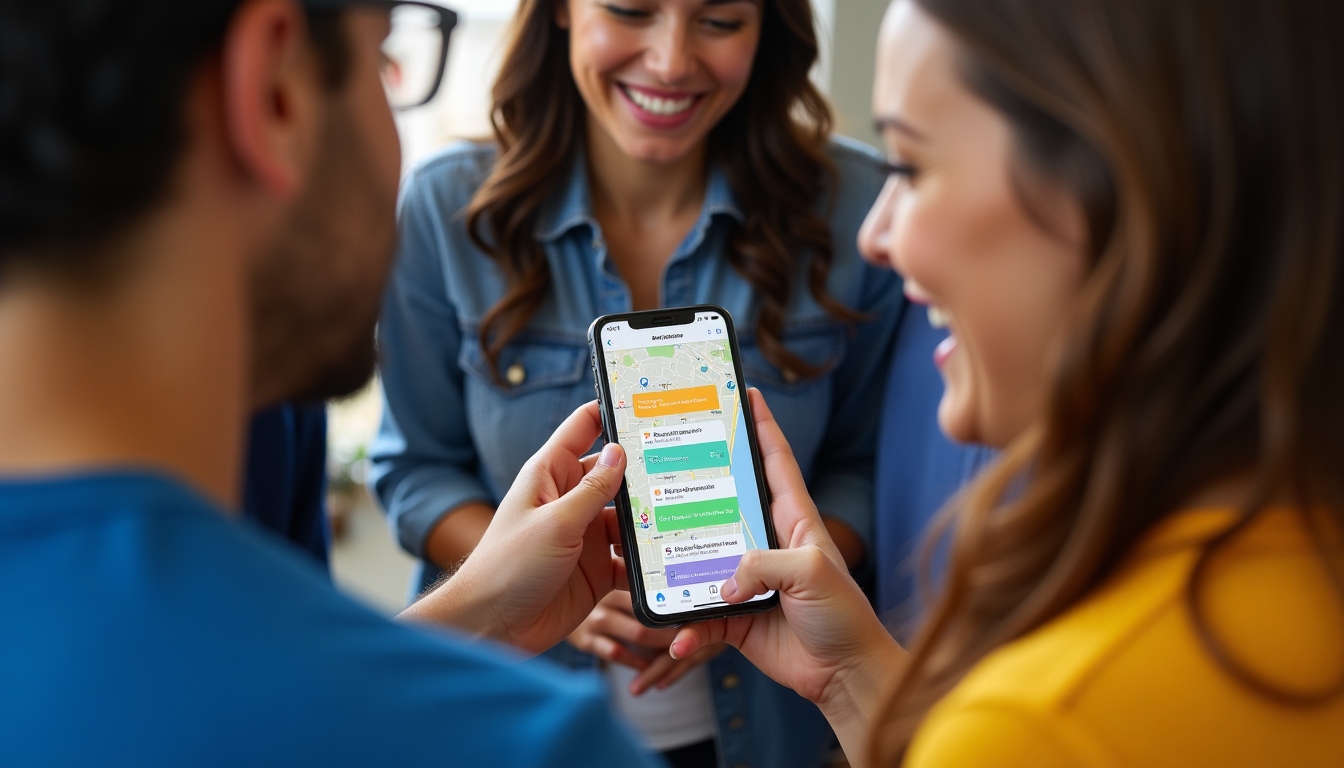Digital Tools for Modern Campaigns: Empowering Political Volunteers and Advocacy
By , April 25, 2025
Overview: In today’s fast-moving political world, digital tools are game-changers. From social media to voter databases, these technologies help campaigns connect with voters, organize volunteers, and spread their message. This article explores how Digital Tools for Modern Campaigns empower volunteers and advocacy efforts.
Political campaigns thrive on reaching people and inspiring action. Years ago, this meant knocking on doors and mailing flyers. Now, the digital age has flipped the script. Digital Tools for Modern Campaigns let campaigns talk to voters instantly, manage teams efficiently, and target the right audiences. Volunteers—those passionate folks giving their time—are at the heart of this shift.
Take social media, for example. Platforms like Facebook, Twitter, and Instagram let campaigns share updates, rally supporters, and spark conversations. Volunteers can jump in too, chatting with voters or posting about events. It’s direct, it’s fast, and it builds a community around the campaign.

Email is another big player. Tools like Mailchimp or Constant Contact help campaigns send messages straight to inboxes. Volunteers can use these to invite people to rallies, ask for donations, or share news. The best part? Campaigns can track who opens the emails and tweak what’s working, making every message count.
Then there’s voter databases—like NGP VAN or NationBuilder. These store info about voters: where they live, how they vote, what they care about. Campaigns use this to focus their efforts, and volunteers can tap in to find supporters or plan door-to-door visits. It’s like having a map to victory.
Mobile apps are the unsung heroes. Apps like CampaignSidekick give volunteers real-time updates, task lists, and event details. I once helped a local campaign where we used an app to organize a last-minute rally. Everyone knew their job, and we pulled it off in hours—not days.

Effective Communication Strategies for Political Volunteers
Good communication wins campaigns. Volunteers are often the ones talking to voters face-to-face or online, so they need tools that work. Effective Communication Strategies for Political Volunteers start with knowing your audience and using digital tools to reach them.
Social media is a goldmine here. Volunteers can reply to comments, share stories, or post photos to keep voters engaged. A simple tip: ask questions in posts—like 'What matters most to you?' It gets people talking and builds trust.
Email lets volunteers get personal. A thank-you note to a donor or an event reminder can make supporters feel valued. Using software to split the list—say, by age or location—means messages hit home. I’ve seen campaigns double attendance just by targeting the right people.
Data helps too. By checking voter database stats or social media trends, volunteers can see what’s clicking. If young voters love a climate message, push that hard on Instagram. It’s about listening to the numbers and acting fast.

Advocacy Volunteering in Political Campaigns
Advocacy volunteering in political campaigns is all about passion. These volunteers believe in a cause or candidate and want to make a difference. Digital tools give them wings to spread that message far and wide.
On social media, advocacy volunteers shine. Sharing why they support a candidate—in their own words—beats any ad. It’s real, it’s relatable, and it gets shared. One volunteer I knew posted a video about her candidate’s healthcare plan. It got 500 shares in a day.
Messaging apps like WhatsApp or texting platforms help too. Volunteers can ping their friends or neighbors to join the cause. It’s quick and feels personal—like a nudge from someone you trust. Campaigns see turnout spike when volunteers do this.
Virtual events are a game-changer. With Zoom, volunteers can host talks or fundraisers online. Last election, a team I worked with ran a virtual Q&A with 200 attendees. People joined from their couches, asked questions, and donated—all because volunteers made it happen.

Challenges and Best Practices
Digital tools aren’t perfect. Social media can drown you in noise—getting noticed is tough. Data use also sparks privacy worries. Campaigns must follow rules, like those outlined in this Stanford guide on data ethics, to keep trust.
Here’s a quick list of best practices for volunteers: - Be real and honest in every message. - Talk to voters respectfully. - Use data smartly but protect privacy. - Team up with others for a united front. - Keep learning new tools and tricks.
Research backs this up. A Pew Research study shows 55% of voters engage more when campaigns use digital tools well. Volunteers who master these can tip the scales.
Summary: Digital Tools for Modern Campaigns are vital today. They help volunteers communicate better, organize smarter, and push advocacy volunteering in political campaigns to new heights. With the right tools and strategies, volunteers can connect with voters and win big.